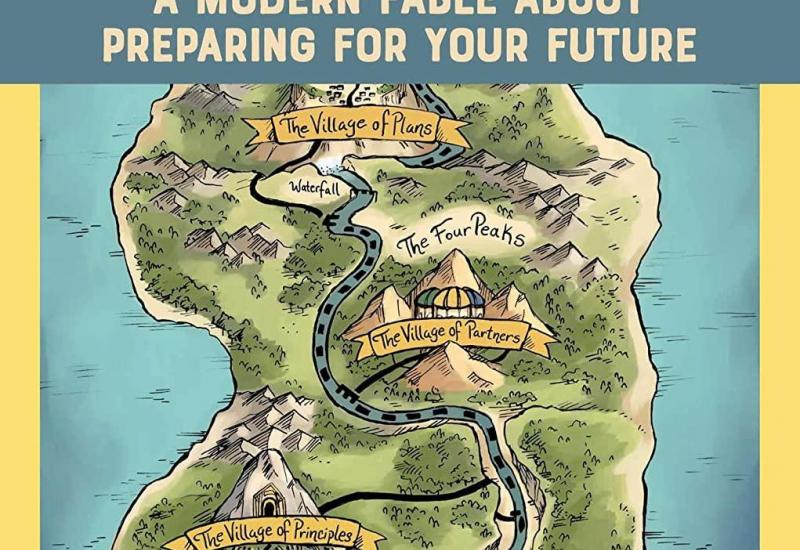Duck, Duck, Goose! Restored Wetlands Thriving
(NewsUSA) - As the sun rises in middle America, nature comes to life. Ducks, geese and other birds emerge from a marsh, taking flight into a golden sky, while prairie grasses whisper in the morning breeze and insects begin to hum.
- As the sun rises in middle America, nature comes to life. Ducks, geese and other birds emerge from a marsh, taking flight into a golden sky, while prairie grasses whisper in the morning breeze and insects begin to hum.
The growing cacophony of honks, quacks, chirps and splashes is music to Jason Black’s ears. As public land manager of the McPherson Valley Wetlands in central Kansas, they are proof that this habitat is thriving.
“This is a special place,” says Black. “I get to watch it grow through the seasons, watch the birds come and go. Everything from our state bird, the meadowlark, to whooping cranes to a number of species of ducks and geese and shorebirds when water conditions and migration are lined up just right.”
These public wetlands were recently improved through a public-private partnership thanks in big part to one of the nation’s largest clean energy infrastructure companies, Williams. The company’s generous contribution allowed Ducks Unlimited to seek matching funds to restore several areas that are critical to waterfowl during spring and fall migrations.
The wetlands project included restoration of approximately 160 acres of previously drained and cropped agricultural fields. New water-control infrastructure was installed and prairie seeds planted to improve wildlife habitat for quail, pheasants and other grassland birds, along with pollinators.
The marsh is the first of a series of connected wetlands in the complex and will help improve water downstream. The wetlands in the area provide critical resources for migrating waterfowl and other birds along the Central Flyway, along with outdoor recreation for residents and visitors.
“We take great pride in being responsible environmental stewards and are honored to support Ducks Unlimited,” says Matthew Baker, manager of engineering at Williams. “Doing what is right for our local communities is part of who we are at Williams, and this collaboration is one of the many ways we aim to preserve resources for future generations while making a positive impact today.”
The wetland restoration is one of many environmental stewardship and sustainability projects that Williams is supporting along its nationwide footprint. Others include planting seedlings, building hiking trails, developing wildlife crossings and funding intercity marine education programs.
For more information, visit www.williams.com/sustainability.





